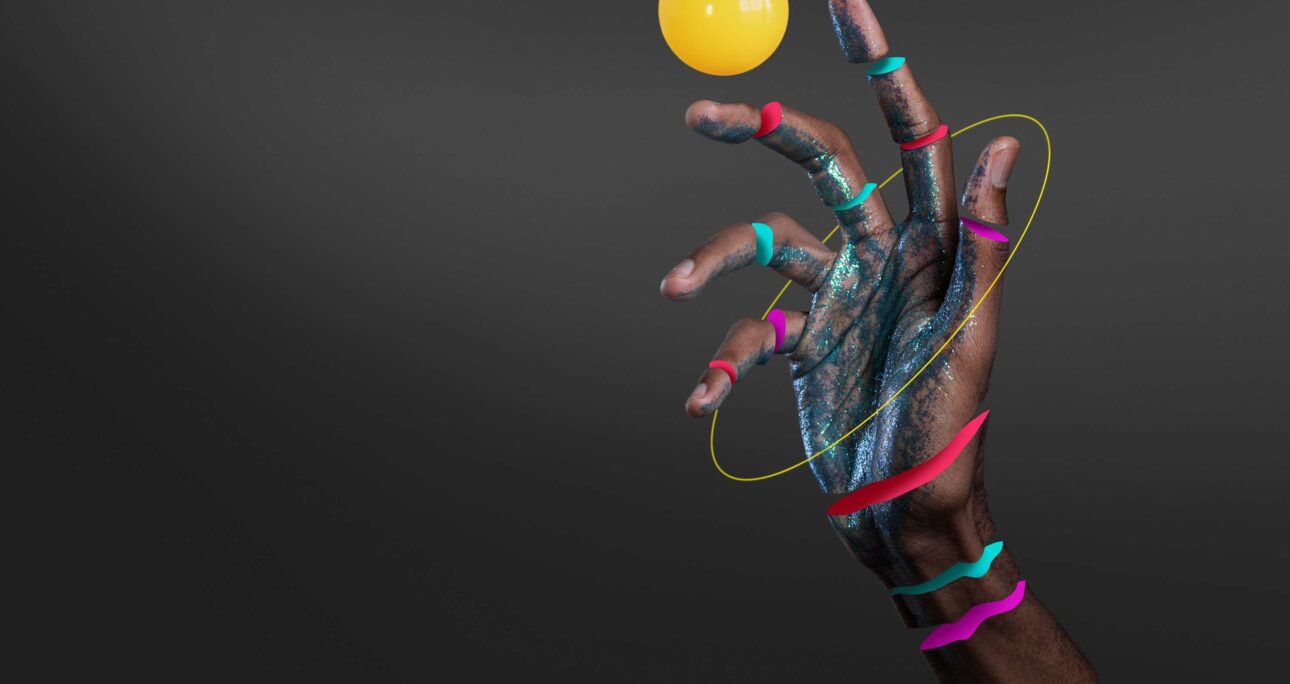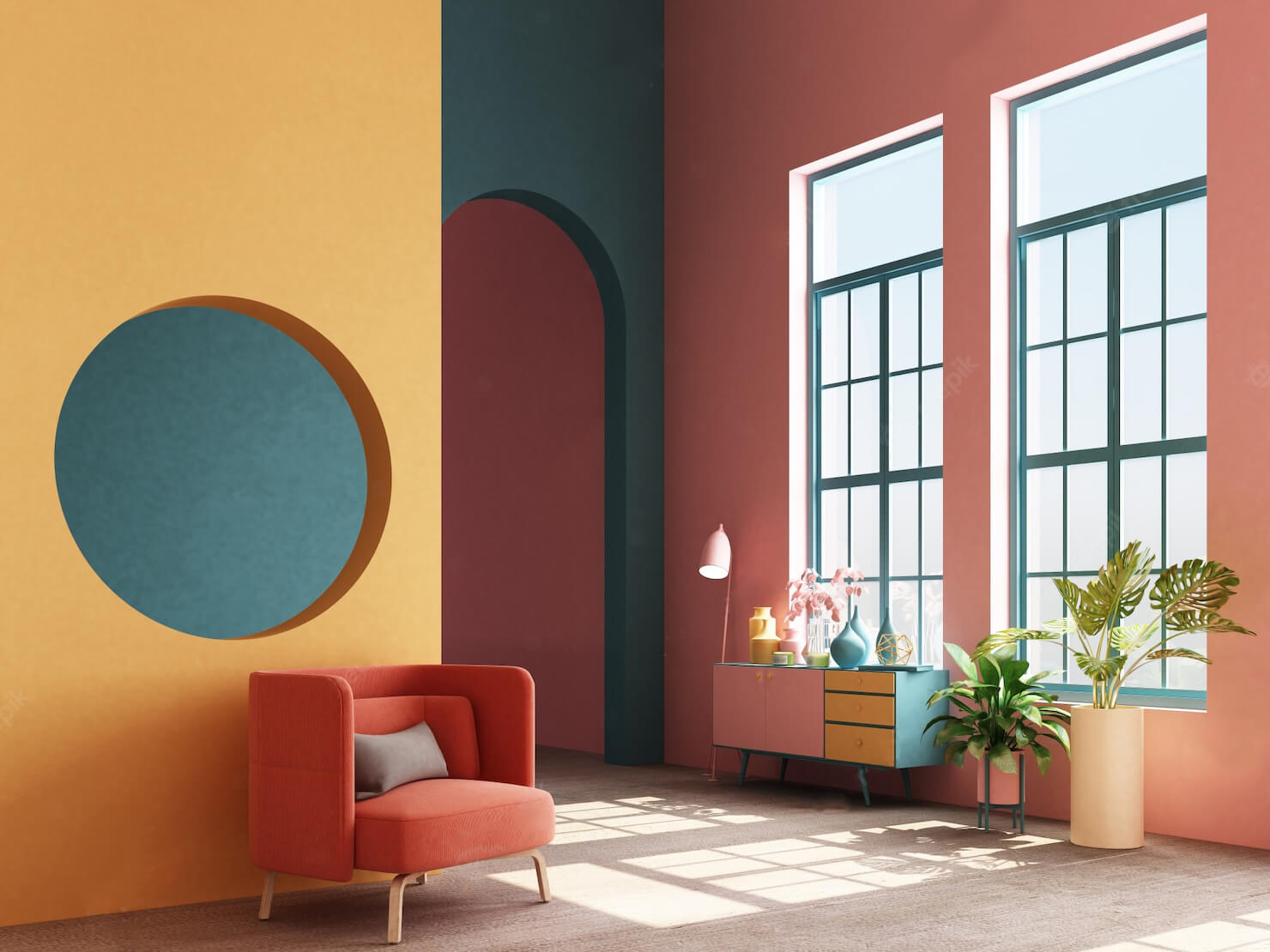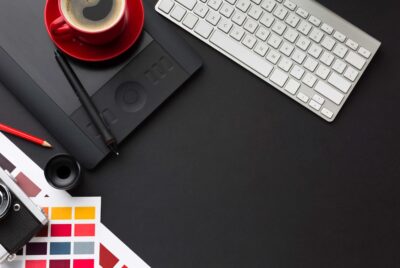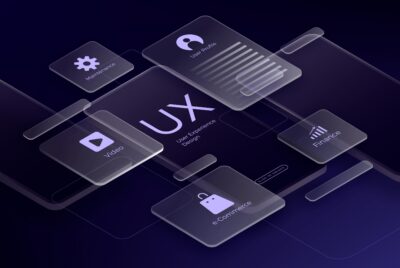As we step further into the future, design is becoming more dynamic, intelligent, and immersive than ever before. In 2025, creativity is fueled by AI-driven experiences, hyper-personalization, and ultra-realistic digital environments. From adaptive UI to holographic interfaces, design is no longer just about aesthetics—it’s about seamless interaction, emotional connection, and futuristic storytelling.
Let’s dive into the biggest design trends of 2025
Design in 2025 isn’t just seen—it’s felt, experienced, and constantly evolving.
MotionPulse
- AI-Powered Design & Personalization 🤖🎨
AI is no longer just a tool; it’s an active co-creator in the design process. In 2025, designers are leveraging AI to generate hyper-personalized user experiences, adaptive branding, and real-time design variations based on user behavior.
🔹 Examples:
- AI-generated logos and branding assets tailored to user preferences.
- Dynamic websites that adapt their layout, color scheme, and content based on user interactions.
- AI-assisted UX testing that predicts optimal design decisions before implementation.
✅ Why It Stands Out: AI takes personalization to the next level, making design more user-focused and intuitive than ever before.
- Hyper-Realistic 3D & Spatial Design 🕶️🌍
3D design has reached a new level of realism, with hyper-detailed elements, spatial depth, and interactive environments. With the rise of spatial computing and the Apple Vision Pro, designers are creating experiences that feel less like screens and more like real-world interactions.
🔹 Examples:
3D web experiences with lifelike textures, reflections, and lighting.
Interactive product showcases where users can rotate, zoom, and explore in full detail.
AR-enhanced shopping that places products in real-world environments.
✅ Why It Stands Out: As screens blur the lines between the digital and physical world, 3D and spatial design create a deeper sense of immersion.
- Holographic & Glassmorphic UI ✨🪟
In 2025, interfaces are becoming sleeker, more transparent, and more fluid. The trend of holographic UI, floating elements, and glass-like textures is transforming UI/UX design, giving digital products a futuristic aesthetic.
🔹 Examples:
Floating, layered UI elements that feel weightless and dynamic.
Glassmorphism with neon accents, making digital interfaces appear futuristic.
Holographic AR interfaces for wearable tech and smart devices.
✅ Why It Stands Out: This trend enhances digital minimalism while keeping interfaces visually stunning.
- Motion-Driven Experiences & Adaptive UX 🎥🔄
In 2025, motion isn’t just an enhancement—it’s a core part of user interaction. Websites and apps feature fluid animations, smart transitions, and physics-based movements that make interactions feel natural and engaging.
🔹 Examples:
Cursor-responsive interfaces that react to movement in real time.
Kinetic typography that shifts dynamically based on user engagement.
Seamless scrolling experiences where elements adapt fluidly as users navigate.
✅ Why It Stands Out: Motion enhances storytelling, making digital experiences feel alive and intuitive.
- Cyberpunk & Sci-Fi Aesthetics 🔵🔮
The neon-futuristic, cyberpunk-inspired look continues to dominate in 2025, blending bold gradients, dark UIs, and glowing accents. This aesthetic is heavily influenced by sci-fi culture, gaming, and futuristic brand storytelling.
🔹 Examples:
Websites featuring deep blues, purples, and neon pinks.
UI designs with glitch effects, digital noise, and futuristic typography.
Immersive branding visuals inspired by cyberpunk films and VR gaming.
✅ Why It Stands Out: The cyber-futuristic aesthetic gives brands a bold, high-tech identity that feels ahead of its time.
- Sustainable & Minimalist Design 🌱⚪
As technology evolves, there’s also a shift towards simplicity, eco-conscious visuals, and human-centric design. Brands in 2025 are embracing sustainable aesthetics and focusing on digital experiences that feel calm, clean, and efficient.
🔹 Examples:
Eco-friendly branding with organic colors and natural textures.
UI designs that reduce visual clutter for a stress-free user experience.
Dark mode and energy-efficient web design to reduce digital carbon footprints.
✅ Why It Stands Out: Consumers appreciate sustainable, mindful design, making brands feel responsible and forward-thinking.
- AI-Generated Art & Evolving Brand Identities 🎨🚀
Brands no longer have static logos or rigid design systems—they now feature evolving, AI-generated brand identities that adapt in real time. This means logos, fonts, and visual elements shift dynamically based on the audience and context.
🔹 Examples:
AI-generated logos that morph into different styles based on user engagement.
Brands using real-time generative visuals instead of static graphics.
Personalized AI-driven branding, creating unique variations of logos for different users.
✅ Why It Stands Out: Dynamic branding keeps businesses fresh, relevant, and highly personalized for modern audiences.
Final Thoughts: The Future of Design is Smart, Immersive & Ever-Changing
The biggest design trends of 2025 show a fusion of advanced technology, immersive experiences, and adaptive branding. From AI-powered personalization to spatial computing and cyber-futuristic aesthetics, design is no longer just about visuals—it’s about creating seamless, interactive, and emotionally engaging digital experiences.
At MotionPulse, we specialize in designing for the future—today. Whether you’re looking to revamp your brand, build an immersive website, or create dynamic motion graphics, we bring the latest trends to life.
🚀 Let’s craft the future of design together.




